Interest Free Financing Up To 36 Months
WE DO NOT ONLY PUMP YOUR TANK - WE CLEAN IT!
Multiple Financing Options Are Available Up To 36 Months
Interest Free Financing Up To 36 Months
WE DO NOT ONLY PUMP YOUR TANK - WE CLEAN IT!
Multiple Financing Options Are Available Up To 36 Months
If your property isn't connected to a municipal sewer system, then installing a septic tank is essential for managing wastewater safely and efficiently. A properly installed septic system ensures reliable waste treatment, protects your environment, and supports the health and safety of your household. Whether you’re building a new home or upgrading an outdated system, understanding the septic tank installation process is crucial for making informed decisions. From selecting the right location to hiring a professional septic company, each step contributes to the long-term success of your septic system.
In this blog post, our professionals from Septic Blue will guide you through the entire septic tank installation process step by step so you know what to expect.
The first step in any septic tank installation is a thorough site evaluation and soil test. A licensed septic company will assess your property to determine the best location for the tank and drain field. They’ll evaluate the topography, distance from water sources, and local zoning regulations. Soil testing is a vital part of this phase, as the soil’s composition affects how well it can filter and absorb wastewater. The results of these tests help determine the size and type of septic system you’ll need. Without proper soil percolation, wastewater won’t disperse properly, which can lead to health hazards or environmental damage.
Once the evaluation is complete, the next step is designing a system tailored to your property and household needs. The septic company will calculate the tank size based on the number of bedrooms in your home and expected water usage. Drain field size and placement are also carefully planned to ensure proper wastewater absorption. With the design finalized, the contractor will apply for necessary permits through your local health or environmental agency. Permitting makes sure that your septic system complies with local codes and environmental protection standards. Without these permits, you risk legal complications and costly fines.
After receiving the permits, excavation begins. Heavy equipment is used to dig the hole where the septic tank will be installed, along with trenches for the drain field. The depth and width of the excavation depend on your soil type and the size of the tank. A durable concrete, fiberglass, or polyethylene tank is then placed in the excavated hole. It’s important that the tank is level and secure to prevent shifting or settling over time. During this phase, your septic service provider will also install inlet and outlet pipes that connect the tank to your home’s plumbing and the drain field.
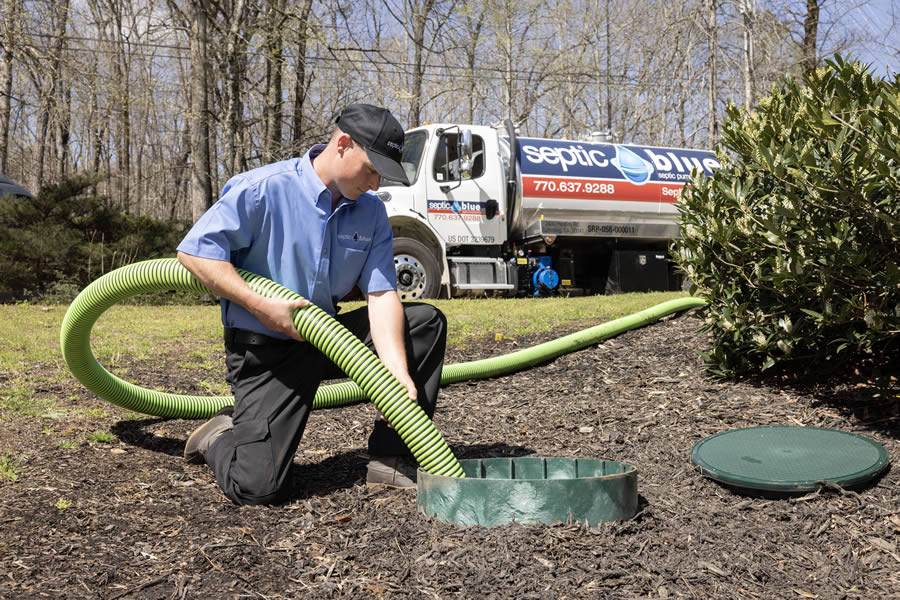
Septic tank pumping in Raleigh has never been so affordable and accessible thanks to the professionals at Septic Blue. We are…
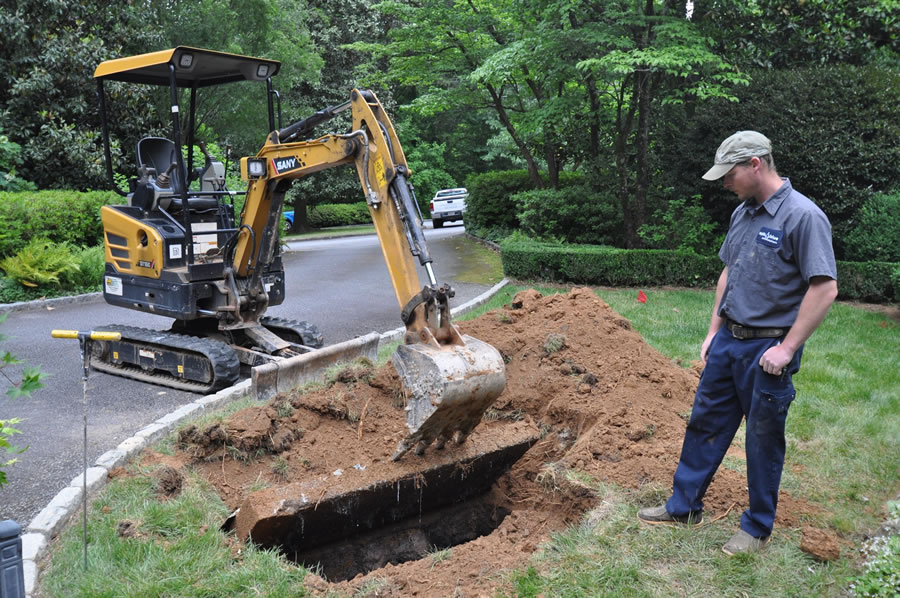
One quarter of Americans rely on septic tanks to process household waste. Most Septic Blue locations have septic tank experts who…
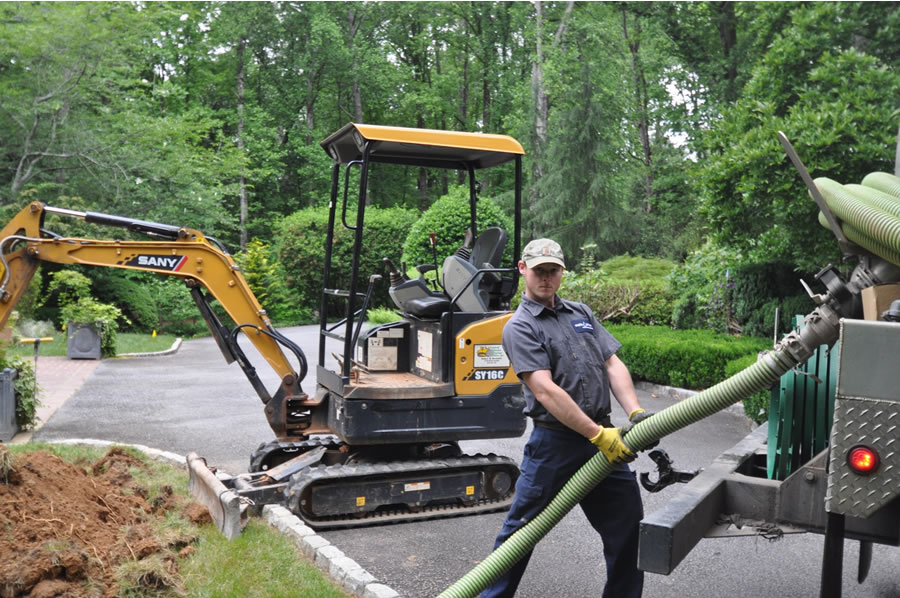
Call Septic Blue today for a second opinion. If you choose to go with Septic Blue, you'll receive $250 off your…
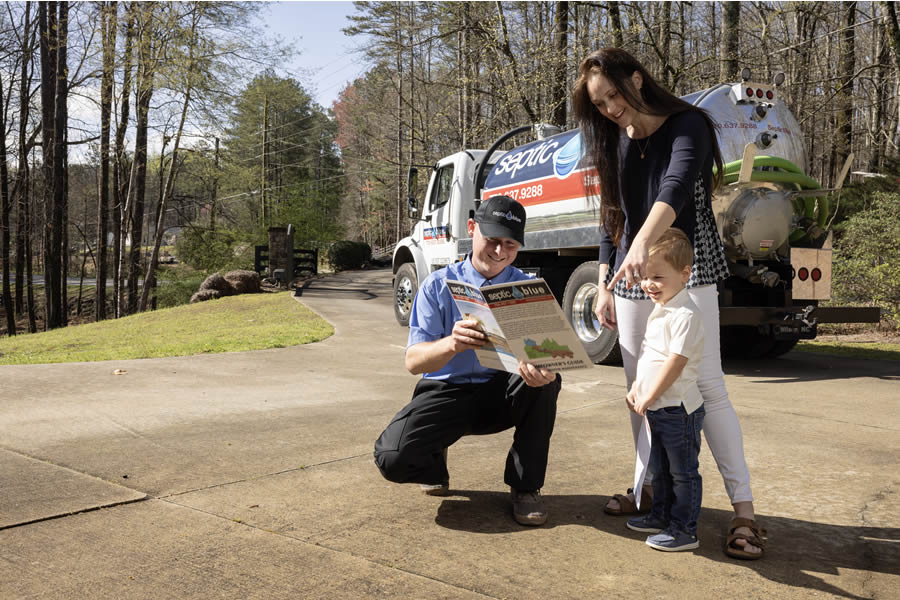
If you are a homeowner or resident in Raleigh that is among the 20 percent of households in the U.S. with…
Professional Saptic Plumbing solutions for every need. Contact Us Today!
The drain field, also known as the leach field, is a crucial component of the septic system. This area disperses treated wastewater from the tank into the soil. Trenches are filled with gravel and perforated pipes to allow for even distribution of effluent. The drain field must be carefully engineered to handle the wastewater volume and avoid saturation. If the drain field fails, it can lead to backups, slow drainage, or even contamination of nearby water sources. A reputable septic company will ensure that the drain field meets all engineering and environmental standards to promote proper wastewater treatment.
Once the septic tank and drain field are installed, the system is connected to your home’s plumbing. The septic service provider will test the connections to make sure everything is sealed and working properly. Before the system is backfilled with soil, a final inspection is usually required by a local authority. This inspection guarantees that the installation was done according to the approved design and meets all regulatory standards. Passing this inspection is essential to avoid future complications and to confirm your system will function effectively for years to come.
Installing a septic system is just the beginning. Ongoing maintenance is essential to keep it running efficiently. Septic pumping should be scheduled every 3 to 5 years, depending on the size of your household and tank. Regular septic cleaning in Raleigh, NC prevents solids from building up and clogging your system, which could lead to costly repairs. Hiring a reliable service to handle routine maintenance helps extend the life of your system and protect your investment. Staying on top of pumping and cleaning not only ensures proper function but also helps you avoid unpleasant surprises like backups or system failures.
Are you in need of a septic tank installation? Luckily, we at Septic Blue have dedicated workers ready at your service. Contact our representatives for more questions.
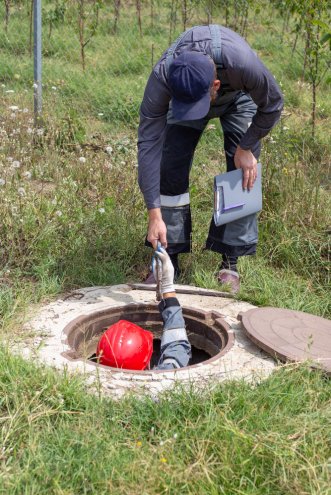
A failing septic system rarely announces itself loudly at first, but small warning signs can quickly turn into messy, expensive emergencies…
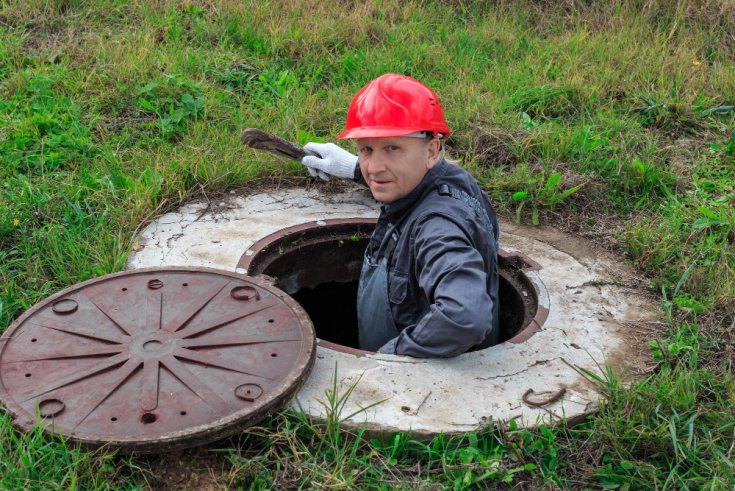
It is assumed that a septic tank only needs attention once sewage backs up into your home or yard, but that…
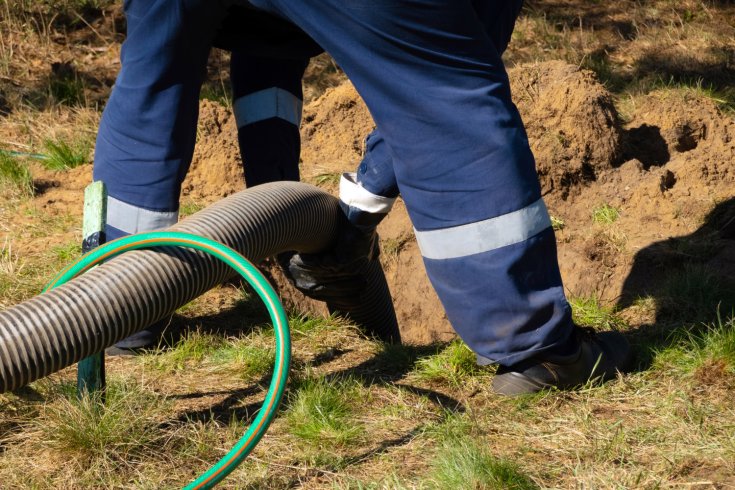
You’ve probably seen DIY septic tank additives promising to dissolve waste, eliminate odors, and save you from costly maintenance, all with…

You know your septic system works hard every day, and keeping it in good shape means staying on top of